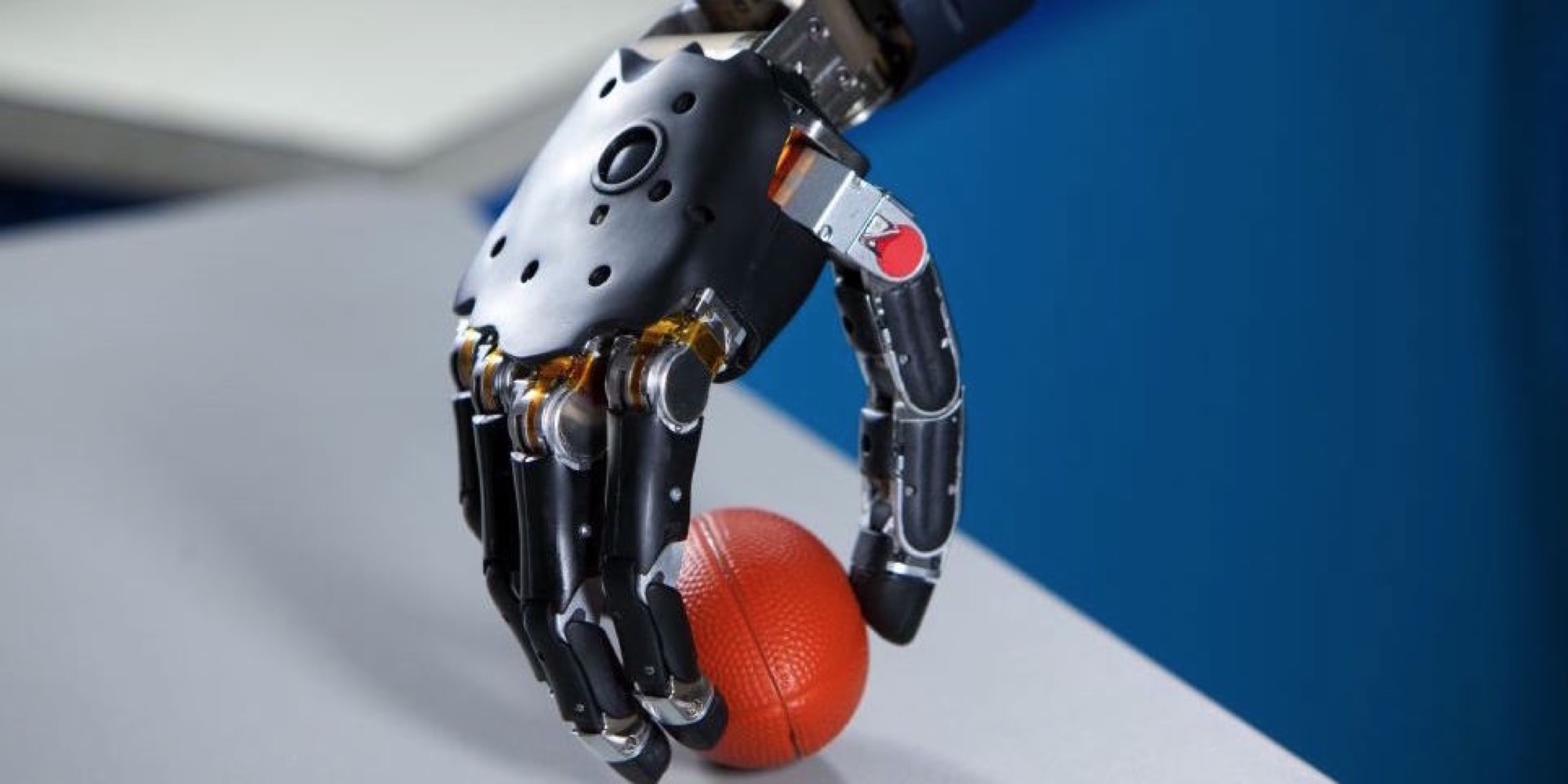Podcast: Play in new window | Download
Subscribe: Apple Podcasts | RSS | More
Imagine you’re having a bad day. In the blink of an eye, a household accident causes you to loose the fingers on one hand. You go from having a normal life to having nothing ever being the same again. Flipping a pancake, hammering a nail, or combing your hair become seemingly unsurmountable challenges.
Not too long ago, Edie Steinhoff of New Mexico Tech had such a day. But what happened next was quite amazing. She had the small community of her tiny university in New Mexico rally around her. Someone anonymously donated funds to build her a prosthetic hand. Soon, a group was assembled under Dr. David Grow, an associate professor at New Mexico Tech and director of the Robotic Interfaces Lab, and, working with Edie, they are now developing a prosthetic hand that will meet her needs.
Today we talk to Edie, Dr. Grow, and also two of his students, Becca Sappington and Chris Schmittle.
This is a story of how a prosthetic hand works. We discuss how to use 3D printing to create an inexpensive hand, and how machine learning can translate signals from the brain to movements of the prosthesis. We discuss function and form and the challenges of developing a piece of complex machinery.
But what makes this story stand apart is not the hand… it’s the heart. It’s not often in research and development that you can interact with who you’re helping directly – to hear their feedback, to understand what they need, and to see the look in their eyes when finally, the project you’ve been working on makes a difference in their lives.

2 thoughts on “Ep. 35: Lending a Hand – a Prosthetic Hand – with guests Dr. David Grow and His Group”
As someone born without a left hand (and a Techie), I think there needs to be a serious ethical discussion about 3d printing “hands” for kids. There is a fundamental difference between a tool and a crutch. If one becomes dependent on something to do XX, when they are entirely capable of doing it without the thing, it becomes a crutch.
And I have met Edie Steinhoff – I would encourage both her and the team to really consider what she needs. I know she wants a pincher to pick up paper. I would gently point out there are several ways to satisfy that requirement, including vacuum.
Attitude is the most critical thing.if one is taught they are a cripple, they will be. But … the converse is true. I am not crippled or handicapped – I just have one hand.
When someone has a limb detached (it is not lost – its location is usually known). attitude makes all the difference. If the person thinks their life is over, then it will be. However, if one has the attitude of having a new hobby, then they will do fine.
When I had a chat with Edie, she showed the right attitude. You have to change techniques, but that is all part of the transition. For example, she drilled a starter hole for nails – that a a great technique!
There is more, but I would welcome the chance to chat with Dr Grow and his team about this topic. I also would think Edie should take part, if she wishes.